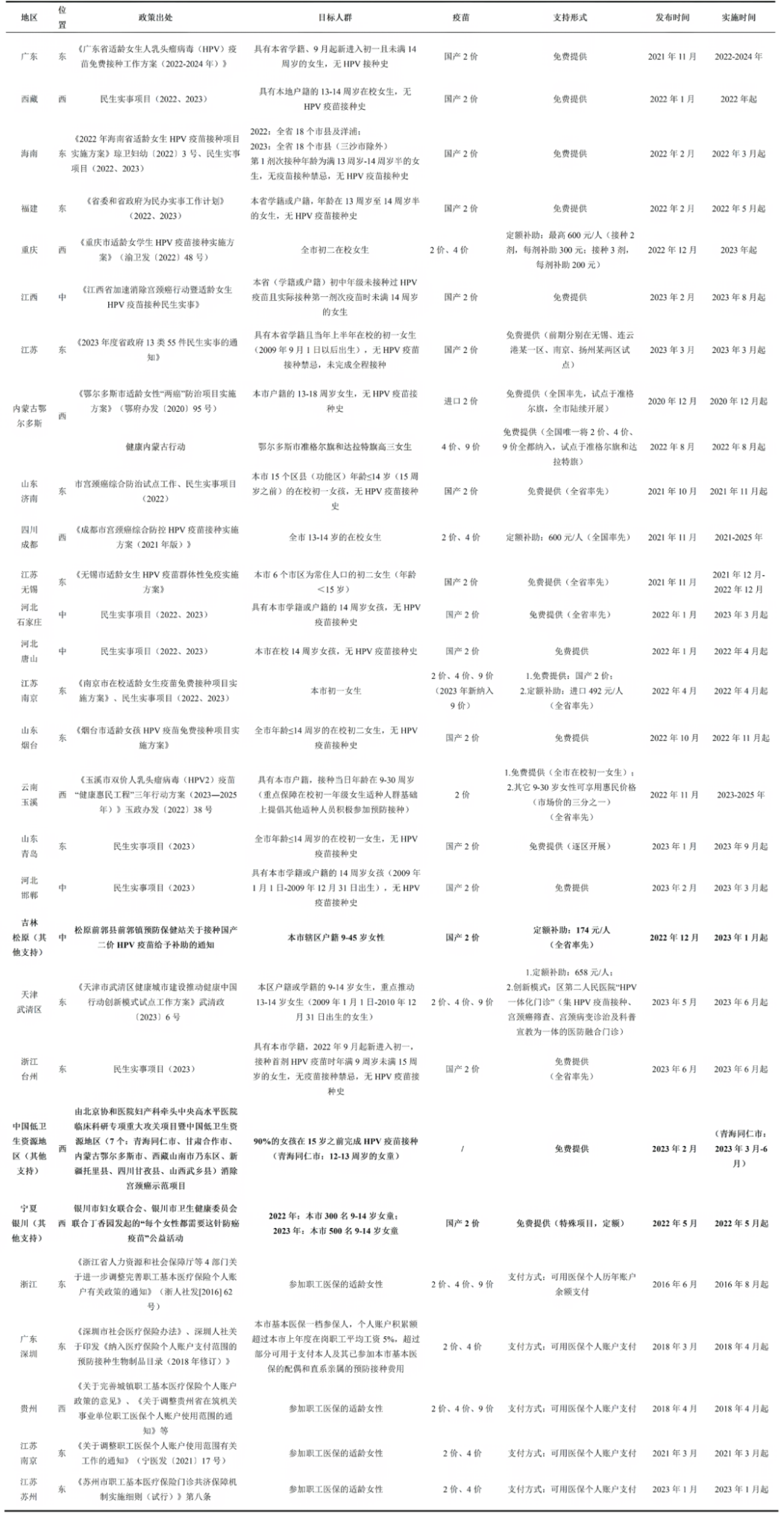Global evidence
Research in the Latin American country of Guatemala suggests that mHealth technologies such as text message reminders may be a cost-effective solution for increasing childhood vaccination coverage. Parents who received text message reminders had shorter delays in bringing their children for immunization and higher levels of user satisfaction. Reminding parents of vaccinations via text message is an effective tool for increasing infant vaccination coverage in low-income areas1and mobile reminders specifically targeting mothers may yield the greatest benefit1,2.
China evidence
In 2008, Chinese public health experts Zeng Guang and Yang Yonghong launched the “One Minute to Protect a Life” initiative, encouraging healthcare workers to take just one minute during consultations to briefly educate parents about the dangers of pneumococcal disease and promote proactive vaccination for children3. Although no prior studies in China have specifically addressed intervention strategies for PCV uptake, several strategies targeting non-NIP (non-National Immunization Program) vaccines may provide valuable insights for improving PCV coverage.
Educational interventions targeting pregnant women
By providing vaccine education to parents and observing the impact of the educational intervention on parental knowledge and children’s vaccination status in East China, 851 of 1252 participants in the intervention group responded to a post hoc survey. The study found that vaccination knowledge improved significantly after the intervention compared with before the intervention, and the rate of full vaccination of children in the intervention group was significantly higher than that of the control group.
Educational interventions targeting health sector leaders and healthcare providers
A 2016 systematic review identified the key factors to improve hepatitis B vaccine coverage, including health education, training and supervision, increased coordination among healthcare providers, and the use of out-of-cold-chain storage of vaccines. The study emphasized the importance of relying on the primary health care system and the National Immunization Program to effectively expand hepatitis B vaccine coverage3.
Another study designed and implemented an educational intervention on hepatitis B aimed at reducing the disease burden of hepatitis B, reaching 280,000 households (1.03 million residents). The education campaign covered public communication, as well as the educational training for healthcare sector leaders and providers. Within one year of the campaign launch, the local pregnant women’s registration and management reached 100%, ensuring all infants born to HBV-infected mothers received one dose of hepatitis B immunoglobulin (HBIG) and one dose of hepatitis B vaccine (HBV) within 24 hours of birth. It also trained 80% of health care leaders and 90% of healthcare providers in Haimen City on hepatitis B virus control5.
Large-scale vaccination campaign
From May to December 2009, Guangdong Province in China launched a large-scale measles vaccination campaign, and its effectiveness was subsequently evaluated. During the campaign, 98.09% of children were vaccinated, and the coverage rate among migrant children increased from 67.10% in 2008 to 97.32% after the campaign. The antibody positivity rate among children under 15 years of age exceeded 95%. Following the intervention, the number of measles cases decreased by 93.04% compared to the same period in 20086.
Content Editor: Siqi Jin, Ziqi Liu
Page Editor: Ziqi Liu
References
- Domek GJ, Contreras-Roldan IL, Bull S, et al. Text message reminders to improve infant immunization in Guatemala: A randomized clinical trial. Vaccine. 2019 Sep 30;37(42):6192-6200.
- Domek GJ, Contreras-Roldan IL, Asturias EJ, et al. Characteristics of mobile phone access and usage in rural and urban Guatemala: assessing feasibility of text message reminders to increase childhood immunizations. Mhealth. 2018 Apr 17; 4:9.
- Zeng G, Yang YH. Evolution and prospects of vaccination strategies in China. Chinese Journal of Preventive Medicine. 2014;48(12):987–990.
- Wang S, Smith H, Peng Z, Xu B, Wang W. Increasing Coverage of Hepatitis B Vaccination in China: A Systematic Review of Interventions and Implementation Experiences. Medicine (Baltimore). 2016 May;95(19):e3693. doi: 10.1097/MD.0000000000003693.
- Chen G, Block JM, Evans AA, Huang P, Cohen C. Gateway to Care campaign: a public health initiative to reduce the burden of hepatitis B in Haimen City, China. BMC Public Health. 2014 Jul 27;14:754. doi: 10.1186/1471-2458-14-754.
- Peng ZQ, Chen WS, He Q, Peng GW, Wu CG, Xu N, Zhao ZJ, Shu J, Tan Q, Zheng HZ, Lin LF, Deng HH, Lin JY, Zhang YH. Evaluation of the mass measles vaccination campaign in Guangdong Province, China. Int J Infect Dis. 2012 Feb;16(2):e99-103. doi: 10.1016/j.ijid.2011.09.023





